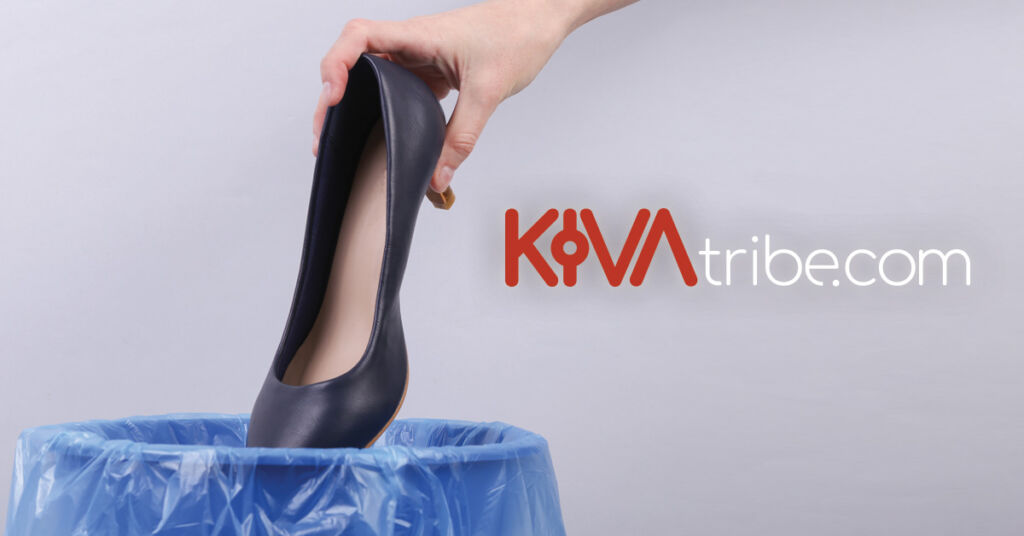
How to Transition to Barefoot Shoes
All the experts in the barefoot world agree – transitioning to barefoot shoes should be done carefully and slowly. Here we explain why and give you tips for a successful transition.
Your Feet Are Probably Weak
Dr Peter Francis PhD, sports scientist, physical therapist, and barefoot running advocate, explains that cushioned shoes are so supportive that the feet don’t have to work so hard, which leads to weaker foot muscles over time¹.
It’s reasonable then, to assume that switching to barefoot shoes requires a transition period to enable the feet to strengthen up again.
You Need Time
Dr Francis also explains how he’s been investigating the reasons why runners get injured so much, and he identified that it’s attempting to change things too quickly that results in injuries. Whether it be footwear, distance, speed, surface, stress levels, there’s always some element of change that comes before an injury.
Extrapolating this to the barefoot shoe transition for those of us whose feet have been weakened by years of supportive footwear, it makes sense that we should take our time to transition in order to avoid overuse injuries.
How To Transition
Summing up all the advice from such experts as Dr Francis, Dr Patrick McKeon PhD², Dr Ray McClanahan³, and Katy Bowman⁴, a sensible transition programme might look like this:
Stretching & Exercises
Before you switch shoes, start calf stretches and rolling out the plantar fascia and calves daily to release tension caused by limited range of movement in conventional shoes. Exercise your feet – start with 5 minutes a day and work up to 10-15 minutes a day, and plan to continue these exercises over the months that you take to transition. (For more information on helpful exercises, see our article How to Strengthen Intrinsic Foot Muscles – coming soon!)
Take a look at your day and see if you can add in a little more time on your feet here or there – take the stairs, park a little further from work, etc.
The correcttoes.com website and YouTube channel have some good videos on foot exercises.
Go Barefoot
Start spending time around the house, garden, or other convenient places without shoes on to build up the strength in your feet naturally. Start slow and build up.
Toe Spacers
If your toes are misaligned, look into getting a pair of toe spacers, ideally one that you can wear inside your shoes while you exercise. Start wearing the toe spacers regularly for short periods and build up slowly.
Shoes
Choose a pair of barefoot shoes to start off your transition. Make sure that there’s enough room in them to spread your toes or wear your toe spacers. You may want to take your time to research the different barefoot shoe brands to make sure you’re getting shoes that will fit your particular foot shape.
You may wish to choose a shoe with a bit more cushion at first, something like 10mm, to ease into your transition.
As you progress, you’ll be able to switch to a pair of barefoot shoes with lower stack height, say 3-5 mm, with an insole, and gradually remove the insole for short periods each day to wean yourself off the cushion.
Check out Barefoot Shoe Checklist for more help.
Toe Socks
Invest in some toe socks or at least some wide toe box socks so that your socks are not limiting your progress.
Mobility
Work on being able to perform a deep squat to ensure the mobility required for optimal gait. Include a range of activities into your week, yoga, pilates, martial arts or dance to experience a range of movements that will strengthen your feet in different ways.
Walking
Start wearing your barefoot shoes 15-30 mins a day and progress slowly over time. Avoid a heavy heel strike.
Alignment
For many people gait changes naturally as you transition to barefoot shoes, but there may be alignment issues that need to be addressed, so we’d recommend reading Katy Bowman’s books Simple Steps to Pain Relief and Whole Body Barefoot to identify any other issues that might be holding you back.
Progressing
Take things one step at a time, and don’t change too many things at once, but keep progressing slowly but surely. Discomfort is likely, but if you experience anything more than discomfort and you should back track for a while to ensure you’re not moving too fast.



Get Social…